12 Effective Home Remedies For Hand, Foot, And Mouth Disease
Treat the infection immediately with simple, effective, and readily available remedies.

Image: Created with Dall.E
The hand-foot-mouth disease is a viral infection affecting children and infants below 5 years of age (1). This infection can easily spread from one infected individual to another. The infected person may transmit the virus even after several weeks of the initial infection. However, following simple home remedies for hand, foot, and mouth disease and adopting a few lifestyle changes can minimize infection risk to a great extent. This article provides a comprehensive overview of hand, foot, and mouth disease, including its symptoms, causes, effective home remedies to alleviate discomfort, and preventive tips. Keep reading.

In This Article
What Is Hand-Foot-And-Mouth Disease?
Hand-foot-and-mouth disease (HFMD) is a mild but contagious infection quite common in children. Its main cause is coxsackievirus. It is characterized by mouth sores and rashes on the hands and feet (1).
Hand-foot-and-mouth disease is the most infectious in the first seven days. The virus often stays in the body for weeks and can easily spread to others.
Key Takeaways
- Coxsackievirus A16 virus is the most common cause of hand-foot-and-mouth disease.
- Some of the common symptoms of this disease are fever, sore throat, and appetite loss.
- You can manage this condition with home remedies like coconut oil, baking soda, Epsom salt, and more.
- You can also prevent this infection by washing your hands regularly and maintaining your distance from infected individuals.
How Can You Get Hand-Foot-And-Mouth Disease? How Does It Spread?
The viral infection easily spreads through the spit or feces of the affected children. Even close contact with an affected individual puts other people at a high risk of contracting the disease (1).
Though this disease is said to affect infants the most, it may also affect adults with weakened immune systems (2). Tiffany Baura, a mom blogger, shared her experience about contracting HFMD, in her personal blog, after her two young children got it. She said, “The thing is, since I was the one taking care of both of them, I lacked sleep and my immune system was down…So, when my children started to get better, I started to feel worse (i).”
Wiping the nose of an affected child or changing his/her diapers are other ways the disease can spread. Hence, it is important you wash your hands thoroughly after any contact with patients.
Let us now take a quick peek into the cause of this contagious disease.
Infographic: Risk Factors For Hand, Foot, And Mouth Disease
Check out the infographic below to determine whether or not you or someone you know is likely to catch this disease.
Some thing wrong with infographic shortcode. please verify shortcode syntax
What Causes Hand-Foot-And-Mouth Disease?
The most common cause of the hand-foot-and-mouth disease is the coxsackievirus A16 virus. This virus belongs to the group of non-polio enterovirusesi Common viruses present in over 100 types that cause infectious illnesses like fever and skin rashes. (2).
In a global study to understand the epidemiology of HFMD, the disease was found to infect children more than adults, with outbreaks primarily in daycares, summer camps, or within the family. In 2025, there was a rapid increase of HFMD cases reported in France with more than 3400 cases, 90% of the cases caused by Enterovirus and the rest by Coxsackievirus A6 and A16. Coxsackie A6 is the dominant cause of HFMD in the United States.
This infection most often spreads due to oral ingestion of infected food/water. It also spreads from direct contact with infected (1):
- Nasal or throat discharge
- Stool
- Ruptured blisters
- Saliva
- Respiratory droplets from a sneeze or cough
 Quick Tip
Quick TipThose with the disease exhibit the following symptoms.
What Are The Symptoms Of Hand-Foot-And-Mouth Disease?
The common symptoms associated with hand-foot-and-mouth disease include (1), (2):
- A sore throat
- Fever
- Skin rash
- Appetite loss
- Irritability (especially in infants and toddlers)
- Malaise
- Painful blisters inside the cheeks and on the tongue and gums
- A red rash with/without blistering that surfaces on the soles, palms, and in some cases, the buttocks
There is no specific treatment for hand-foot-and-mouth disease.
The symptoms of this disease usually start easing in 7-10 days (1). Most treatments are aimed at getting relief from the pain and alleviating symptoms.
Tiffany’s 2-year-old daughter exhibited classic symptoms of foot and mouth disease. She noticed that her kid started to develop some red rash around her mouth, which she suspected had occurred because her mouth had not been wiped clean after her meals. The rash resembled chicken pox sores with itchy blisters, and the child complained of a mouth sore that caused discomfort during meals.
Varsha Sridhar, a researcher at Magee Women’s Research Institute, recounted her struggle with HFMD in an essay published in Family Medicine. She mentioned feeling discomfort in her throat while swallowing and a vague feeling of nausea. She added, “I woke up the next day, feeling weak and exhausted, and also bewildered about the incessant itching on my palms (ii).”
 Did You Know?
Did You Know?While there are many medications available, you can try natural remedies for hand, foot, and mouth disease treatment at home, as they pose the least side effects.
12 Simple Remedies For Hand-Foot-And-Mouth Disease
You can try numerous home remedies for hand, foot, and mouth disease, from coconut oil and baking soda to ginger and garlic. However, it is important to note that while these remedies may help alleviate the symptoms of the disease and provide comfort, they are not a substitute for professional medical diagnosis or treatment. Always consult a healthcare professional for an accurate diagnosis and guidance.
1. Coconut Oil
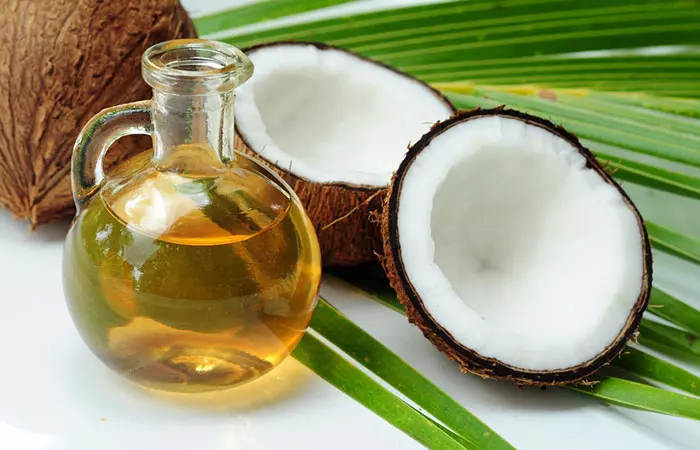
You Will Need
- 1-2 tablespoons of virgin coconut oil
- Cotton balls
What You Have To Do
- Take some virgin coconut oil on a cotton ball.
- Apply it to the affected area and leave it on until it dries. You can also leave the oil on overnight.
- Discard the used cotton ball.
How Often You Should Do This
You may do this once daily for best results.
Why This Works
Coconut oil possesses both anti-inflammatory and analgesic properties (5). These may help treat the blisters and rashes and reduce the pain linked to them. Coconut oil also has antimicrobial properties (6). This may help reduce the risk of infections in the rash-affected areas. Additionally, the moisturizing properties of the oil may help soothe dry, irritated skin.
2. Baking Soda Bath
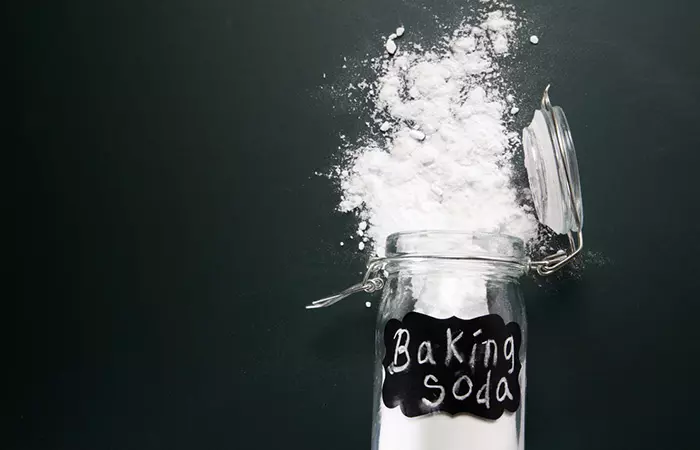
You Will Need
- ½ cup of baking soda
- Water
What You Have To Do
- Add half a cup of baking soda to a tub filled with water. Allow it to dissolve completely.
- Soak in the baking soda bath for 15-20 minutes.
- You can also use the baking soda solution to rinse your mouth.
How Often You Should Do This
You may do this once daily.
Why This Works
While there is no study to prove this claim, anecdotal evidence suggests that baking soda may alleviate the symptoms of itching and inflammation caused by the rashes. This may be due to the anti-inflammatory properties of baking soda (7).
3. Epsom Salt Bath
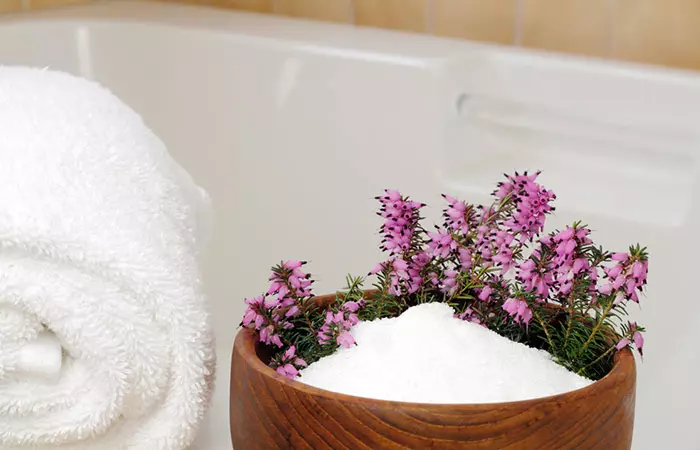
You Will Need
- 1 cup of Epsom salt
- Water
What You Have To Do
- Add a cup of Epsom salt to a tub filled with water. Allow the salt to dissolve completely.
- Soak in the bath for 15-20 minutes.
- Pat your skin dry.
How Often You Should Do This
You may do this once daily or every alternate day.
Why This Works
Epsom salt is also referred to as magnesium sulfate, thanks to its composition. Magnesium inhibits inflammation by decreasing the production of inflammatory cytokinesi Small proteins which, in the right amounts, can control the activity and growth of immune system cells and blood cells. in the body (8). Hence, it could be helpful in soothing the associated blisters and rashes.
4. Essential Oils
Note: Always dilute essential oils with carrier oils, such as coconut, jojoba, or almond oil before applying them to the skin to prevent irritation or burns. Some individuals may also develop allergic reactions to essential oils. So, always perform a patch test on a small area of skin before widespread use. Discontinue use immediately if you experience any discomfort, redness, or irritation.
a. Lavender Oil

You Will Need
4-5 drops of lavender oil
What You Have To Do
- Add a few drops of lavender oil to your hand/body wash.
- Use it regularly.
- You can also diffuse some lavender oil around you before bedtime if the symptoms are interrupting your sleep.
How Often You Should Do This
You may do this once daily for best results.
Why This Works
Lavender oil has analgesic, antioxidant, and anti-inflammatory properties (9). This may help relieve painful rashes and blisters. Subsequently, the reduced irritation and the essential oil’s calming properties may help promote better sleep.
b. Tea Tree Oil
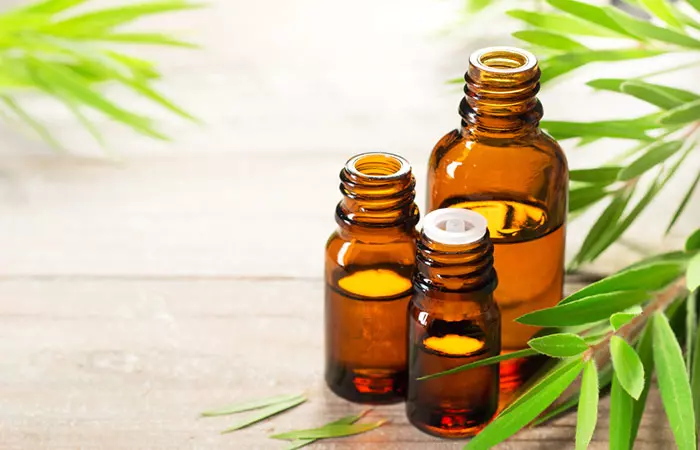
You Will Need
4-5 drops of tea tree oil
What You Have To Do
- Add four to five drops of tea tree oil to your hand/body wash.
- Use it regularly.
How Often You Should Do This
You may use the tea tree oil infused hand wash multiple times daily if you are at risk of developing hand-foot-and-mouth disease.
Why This Works
Tea tree oil is antimicrobial and can be used to disinfect and sanitize your hands/body from the harmful disease-causing germs (10). This may help prevent further spread of the infection.
Caution
Do not use this remedy on babies or pregnant women.
5. Oatmeal Bath
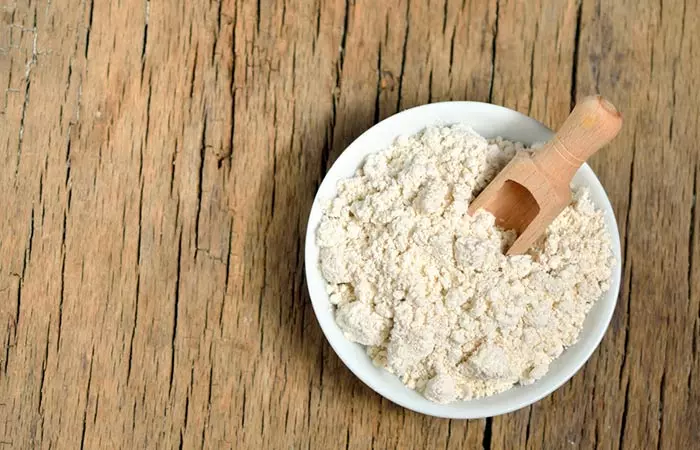
You Will Need
- 1 cup of oatmeal
- Water
What You Have To Do
- Add a cup of oatmeal to your bath filled with water.
- Mix well and soak in the oatmeal bath for 15-20 minutes.
- Pat dry your skin after the bath.
How Often You Should Do This
You can do this 1-2 times daily to alleviate the discomfort.
Why This Works
Oatmeal is quite popular in dermatology, owing to its impressive anti-inflammatory properties. These can help soothe the inflammation that accompanies hand-foot-and-mouth disease (11). Oatmeal may also keep the skin moisturized and reduce further irritation and dryness (12).
6. Oil Pulling With Coconut Oil

You Will Need
1 tablespoon of cold-pressed coconut oil
What You Have To Do
- Swish a tablespoon of cold-pressed coconut oil
- In your mouth for 5-10 minutes.
- Spit the oil and go about your regular oral regimen in the morning.
How Often You Should Do This
You can do this once daily, preferably every morning.
Why This Works
Oil pulling with coconut oil can help alleviate the painful and inflamed blisters inside the mouth. This is due to the anti-inflammatory and analgesic properties of coconut oil (5). The oil also has antimicrobial properties (6). Hence, oil pulling with coconut oil may also help reduce harmful bacteria in the mouth, mitigating the severity of mouth blisters.
7. Ginger
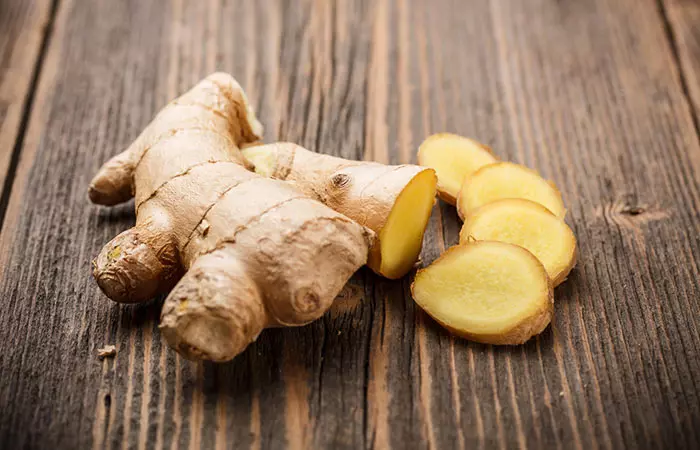
You Will Need
- 1 inch of sliced ginger
- 1 cup of water
What You Have To Do
- Boil an inch of sliced ginger in a cup of water.
- Simmer and strain.
- Allow the solution to cool a bit before consuming it.
How Often You Should Do This
You can drink ginger tea twice daily.
Why This Works
The antiviral property of ginger can speed up the healing of hand-foot-and-mouth disease (13). Ginger also has pain-relieving and anti-inflammatory properties and can thus help improve the symptoms (14).
8. Garlic
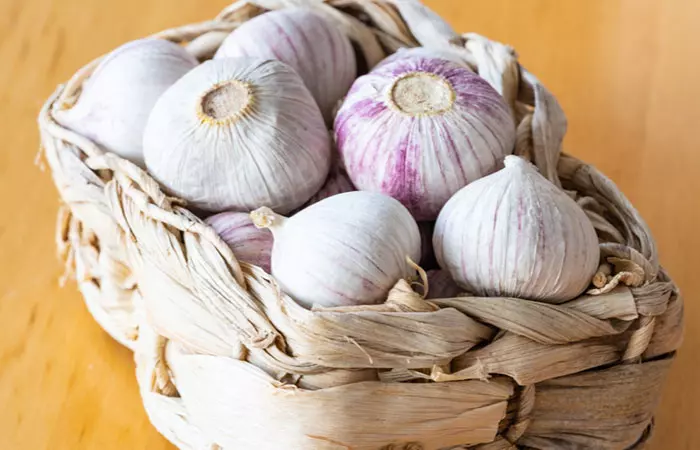
You Will Need
1-2 garlic cloves
What You Have To Do
- Consume one to two garlic cloves daily.
- Alternatively, you can also add crushed garlic to your favorite salads and dishes
How Often You Should Do This
You may do this once daily.
Why This Works
The virucidali A substance with a tendency to destroy or inactivate viruses inside the body and prevent diseases related to them. properties of garlic may help kill the infection-causing germs, while its anti-inflammatory properties may help soothe painful and inflamed blisters (15), (16). This may help speed up your recovery from hand-foot-and-mouth disease.
9. Elderberry
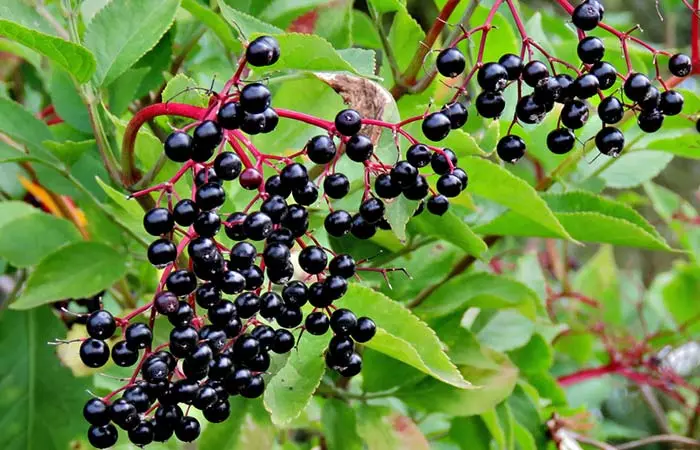
You Will Need
- 1 cup of water
- 2-3 teaspoons of dried elderberry
What You Have To Do
- Add two to three teaspoons of dried elderberry to a cup of water.
- Bring it to a boil in a saucepan.
- Simmer for 10-15 minutes and strain.
- Allow the mixture to cool a bit.
- Consume the warm elderberry tea.
How Often You Should Do This
You may do this 1-2 times daily.
Why This Works
Elderberry possesses immunity-boosting and antiviral properties that can ease the symptoms of hand-foot-and-mouth disease (17). Further, strengthening the immune system may also accelerate recovery and shorten the duration of viral infections, including HFMD.
10. Licorice Root
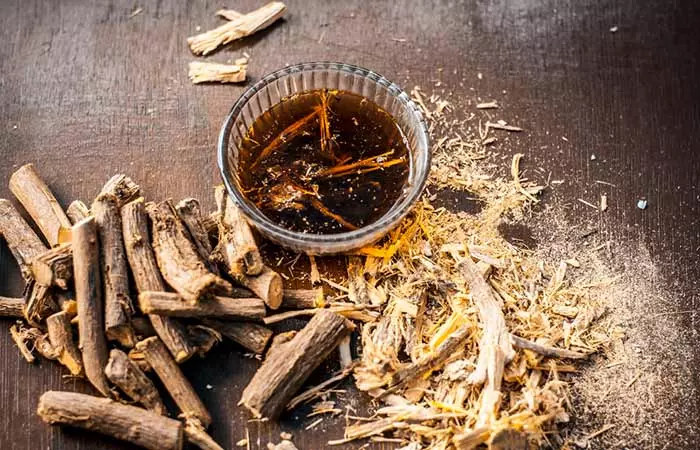
You Will Need
- 1 teaspoon of dried licorice tea
- 1 cup of water
What You Have To Do
- Add a teaspoon of licorice root to a cup of water.
- Bring it to a boil in a saucepan.
- Remove from the heat and allow the mixture to steep for 5-10 minutes.
- Drink the warm tea.
How Often You Should Do This
You may do this 1-2 times daily for optimum benefits.
Why This Works
Licorice root is a popular Chinese herb used to treat many illnesses due to its antiviral nature (18). These antiviral properties may prevent the disease-causing virus from replicating and shorten the duration of hand-foot-and-mouth disease. Licorice also has anti-inflammatory properties, which may help soothe painful and inflamed blisters linked to the disease (18).
11. Aloe Vera

You Will Need
Freshly extracted aloe gel
What You Have To Do
- Extract some gel from an aloe vera leaf.
- Whisk it using a spoon.
- Apply the gel to the affected areas.
- Leave it on for at least 20-30 minutes before rinsing it off.
How Often You Should Do This
You may do this twice daily for best results. If you have extremely dry skin, add some moisturizer to aloe gel before application. It may improve skin hydration and may help in faster recovery.
Why This Works
Aloe vera gel possesses anti-inflammatory properties that can help in soothing the inflamed rashes and painful blisters associated with hand-foot-and-mouth disease (19). Aloe vera is also known to promote wound healing, which may be beneficial for speeding up the recovery process of skin irritation caused by HFMD (20).
12. Cod Liver Oil

You Will Need
- 1 to 2 teaspoons of cod liver oil
- 1 teaspoon of yogurt
What You Have To Do
Oral Consumption
- Mix the oil and yogurt in a small bowl.
- Pour the mixture into a spoon.
- Swallow it.
Topical Application
- Clean the affected area.
- Apply the mixture to the affected area.
- Leave it on overnight or rinse it off after 30 minutes.
- Follow it up with a mild moisturizer.
How Often You Should Do This
You can consume it once a day or apply it twice a day.
Why This Works
The omega-3 fatty acids in cod liver oil are known for their anti-inflammatory properties, which may help reduce chronic inflammation and soothe ulceration associated with HFMD (21). Further, the vitamin A in the oil may accelerate wound healing (22). This may imply its potential to also accelerate the healing of rashes, blisters, and other skin lesions caused by HFMD.
Note: Some individuals may be allergic to common ingredients used in these home remedies for hand, foot, and mouth disease. Therefore, always patch-test a small amount on your skin before using them. If you are using them orally, start with a small quantity and see how your body responds to them. If you experience irritation or discomfort, discontinue use immediately and consult a healthcare professional.
While the home remedies for hand, foot, and mouth disease mentioned above may help manage symptoms associated with it, conventional treatments offer additional relief. Let’s look at some below.
Conventional Treatments For Hand-Foot-And-Mouth Disease
Over-the-counter topical treatments or gels may be applied to mouth sores to help relieve discomfort and protect the affected areas. Use medications that help reduce fever and relieve pain associated with mouth sores and body aches.
If symptoms become more severe, such as a high temperature that doesn’t go away, trouble swallowing, dehydration symptoms, or complications develop, get medical attention. Seek medical attention if symptoms worsen or persist longer than a week.
Listed below are some tips that may help you in the prevention of this contagious disease.
How To Prevent Hand-Foot-And-Mouth Disease
- Wash your hands multiple times a day, especially if you have been handling diapers or bathing an infected child.
- Do not touch your eyes, mouth, or nose with dirty hands.
- Avoid close contact with affected individuals.
- Do not share utensils with infected individuals until they have recovered.
- Disinfect common areas like toilets regularly.
- Infected individuals must avoid venturing out until advised by the doctor.
Tiffany expressed the importance of rest during this period. She said, “Let them sleep as often as they can even during the day. We encouraged our 2 kids to keep sleeping and I feel that it has contributed to their faster recovery.”
Hand, foot, and mouth disease is a contagious viral infection. It can affect infants and children below 5 years. It spreads through infected food or water, nasal discharge, saliva, stool, and from a sneeze or cough. However, certain home remedies for hand, foot, and mouth disease may help treat the condition. These include coconut oil, baking soda bath, Epsom salt bath, essential oils like lavender oil and tea tree oil, and oatmeal bath. In addition, you can prevent this disease by washing your hands multiple times, avoiding close contact with the infected individual, and disinfecting common wash areas. But if your symptoms continue to worsen, immediately consult your doctor.
Frequently Asked Questions
Can coconut water help treat hand, foot, and mouth disease?
There is not much evidence to prove that coconut water may help treat hand, foot, and mouth disease. Dr. Laura Purdy, MD, a board-certified family medicine physician, says, “Although it is important to note that hand foot, and mouth is caused by a virus, there’s really no specific treatment. Coconut water in and of itself is very nutritious with lots of vitamins, and it does contain a substance called lauric acid, which is thought to assist in fighting viruses. It would not directly treat the virus, necessarily, and I would not expect that they would get better much faster.”
Can lemon essential oil help to treat hand, foot, and mouth disease?
According to Dr. Purdy, “There are some schools of thought that believe that lemon essential oil may have some antiviral properties, and it is safer than some other types of oils that could be used on children.” She reiterates, “This is a virus, and it does not have a direct cure. But it will not harm the child to try to use this in the course of their illness while they are recovering.”
What ointment is good for hand, foot, and mouth disease?
The 1% hydrocortisone ointment (over-the-counter) may help improve this condition. Additionally, home remedies like petroleum jelly or zinc oxide (topical ointments) may help heal the blisters.
Can honey help treat hand, foot, and mouth disease?
Yes. A mix of honey, finger millet flour, and natural soda ash solution is used to manage hand, food, and mouth disease (23).
Should I take my child to the doctor for hand, foot, and mouth disease?
Yes, especially if your child’s mouth sores or sore throat prevent them from drinking fluids.
Does calamine lotion help with hand, foot, and mouth disease?
There is no medication for hand, foot, and mouth disease. Calamine lotion may help relieve irritation.
What is the quarantine period for those dealing with hand, foot, and mouth disease?
Three to six days is the quarantine period for those dealing with hand, foot, and mouth disease.
Can I put Neosporin on hand, foot, and mouth blisters?
Yes. You can put antibiotic ointment (Neosporin) in small amounts on hand, foot, and mouth blisters.
Hydration is key to treating hand, foot, and mouth disease. Watch this insightful video to learn how to keep your body hydrated and help fight off the virus.
Personal Experience: Sources
StyleCraze's articles are interwoven with authentic personal narratives that provide depth and resonance to our content. Below are the sources of the personal accounts referenced in this article.
i. Our Experience with Hand, Foot, and Mouth Disease (HFMD)https://densandfan.blogspot.com/2013/07/our-experience-with-hand-foot-and-mouth.html
ii. Not a Giggle: My Experience With HandFoot-and-Mouth Disease as an Adult https://fammedarchives.blob.core.windows.net/imagesandpdfs/pdfs/FamilyMedicineVol45Issue8Shridhar582.pdf
References
Articles on StyleCraze are backed by verified information from peer-reviewed and academic research papers, reputed organizations, research institutions, and medical associations to ensure accuracy and relevance. Read our editorial policy to learn more.
- “Hand, Foot And Mouth Disease” Centers For Disease Control And Prevention.
- “Hand, Foot And Mouth Disease” US National Library Of Medicine.
- “Transmissibility of hand, foot, and mouth disease in 97 counties of China” Nature.
- “Hand, foot and mouth disease” – a short case report.
- “Anti-inflammatory, analgesic, and antipyretic activities of virgin coconut oil.” Pharmaceutical Biology, US National Library Of Medicine.
- “Antimicrobial Potential of Cocos nucifera (Coconut) Oil on Bacterial Isolates” US National Library Of Medicine.
- “Oral NaHCO3 activates a splenic anti-inflammatory pathway; evidence cholinergic signals are transmitted via mesothelial cells” US National Library Of Medicine.
- “Magnesium Decreases Inflammatory Cytokine Production: A Novel Innate Immunomodulatory Mechanism” Journal Of Immunology, US National Library Of Medicine.
- “Antioxidant, analgesic and anti-inflammatory effects of lavender essential oil.” Annals of the Brazilian Academy of Sciences, US National Library Of Medicine.
- “Melaleuca alternifolia (Tea Tree) Oil: a Review of Antimicrobial and Other Medicinal Properties” Clinical Microbiology Reviews, US National Library Of Medicine.
- “Anti-inflammatory activities of colloidal oatmeal (Avena sativa) contribute to the effectiveness of oats in the treatment of itch associated with dry, irritated skin.” Journal Of Drugs In Dermatology, US National Library Of Medicine.
- “Oatmeal in dermatology: A brief review.” Indian Journal of Dermatology, Venereology and Leprology.
- “Fresh ginger (Zingiber officinale) has anti-viral activity against human respiratory syncytial virus in human respiratory tract cell lines.” Journal Of Ethnopharmacology, US National Library Of Medicine.
- “Ginger–an herbal medicinal product with broad anti-inflammatory actions.” Journal of Medicinal Food, US National Library Of Medicine.
- “In vitro virucidal effects of Allium sativum (garlic) extract and compounds.” Planta Medica, US National Library Of Medicine.
- “Immunomodulation and Anti-Inflammatory Effects of Garlic Compounds” Journal Of Immunology Research, US National Library Of Medicine.
- “The effect of Sambucol, a black elderberry-based, natural product, on the production of human cytokines: I. Inflammatory cytokines.” European Cytokine Network, US National Library Of Medicine.
- “The antiviral and antimicrobial activities of licorice, a widely-used Chinese herb” Acta Pharmaceutica Sinica B., US National Library Of Medicine.
- “Antiinflammatory activity of extracts from Aloe vera gel.” Journal of Ethnopharmacology, US National Library Of Medicine.
- “The Effect of Aloe Vera Clinical Trials on Prevention and Healing of Skin Wound: A Systematic Review” US National Library Of Medicine.
- “Dietary fish oil reduces progression of chronic inflammatory lesions in a rat model of granulomatous colitis” British Society of Gastroenterology, US National Library Of Medicine.
- “Topical application of cod liver oil ointment accelerates wound healing: an experimental study in wounds in the ears of hairless mice” Scandinavian journal of plastic and reconstructive surgery and hand surgery, US National Library Of Medicine.
- “Use of Ethnoveterinary Remedies in the Management of Foot and Mouth Disease Lesions in a Diary Herd” African Networks on Ethnomedicines, US National Library Of Medicine.
Read full bio of Dr. Archna Agrawal
- Dr. Laura Purdy, MD, is a board-certified Family Medicine Physician who has spent more than a decade providing and directing primary care for hundreds of thousands of patients of all ages. She attended medical school at the Uniformed Services University of the Health Sciences and worked as a US Army physician for 14 years.
 Dr. Laura Purdy, MD, is a board-certified Family Medicine Physician who has spent more than a decade providing and directing primary care for hundreds of thousands of patients of all ages. She attended medical school at the Uniformed Services University of the Health Sciences and worked as a US Army physician for 14 years.
Dr. Laura Purdy, MD, is a board-certified Family Medicine Physician who has spent more than a decade providing and directing primary care for hundreds of thousands of patients of all ages. She attended medical school at the Uniformed Services University of the Health Sciences and worked as a US Army physician for 14 years.
Read full bio of Shaheen Naser
Read full bio of Arshiya Syeda
Read full bio of Dipti Sharma






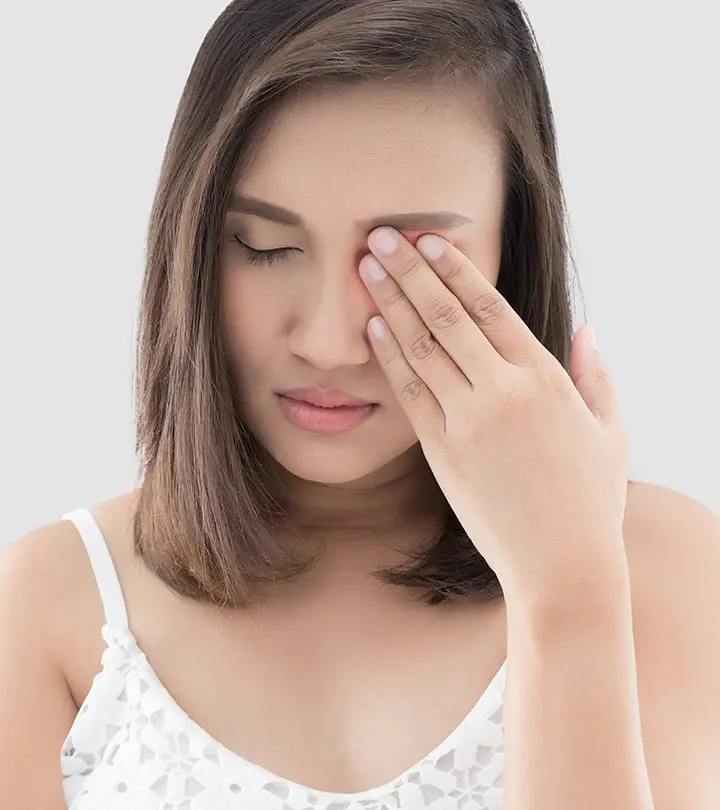
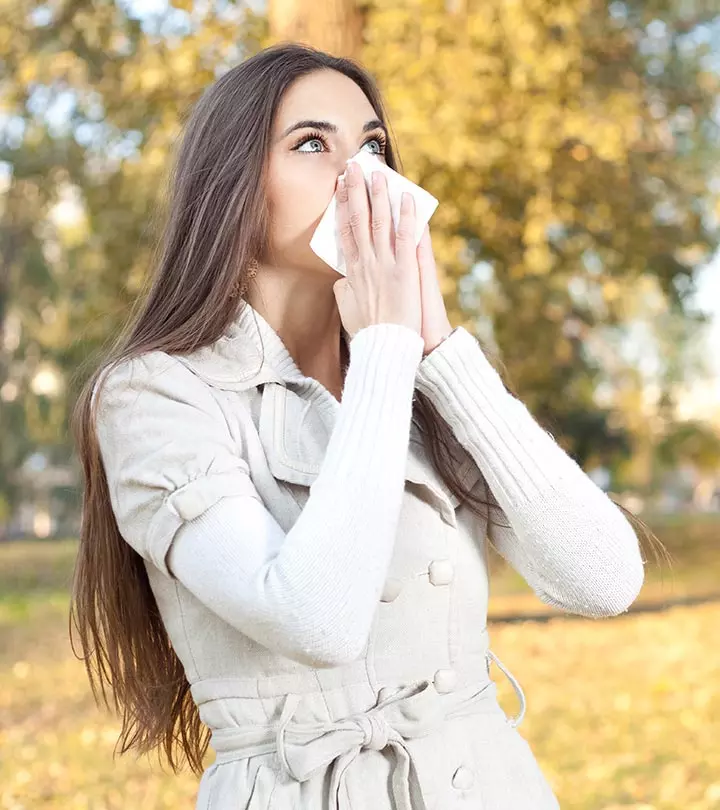

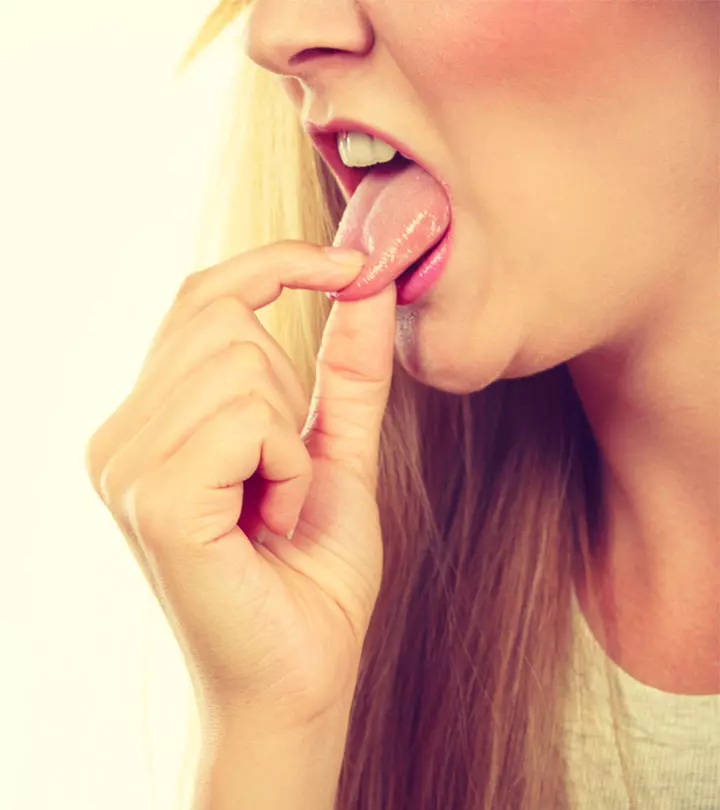
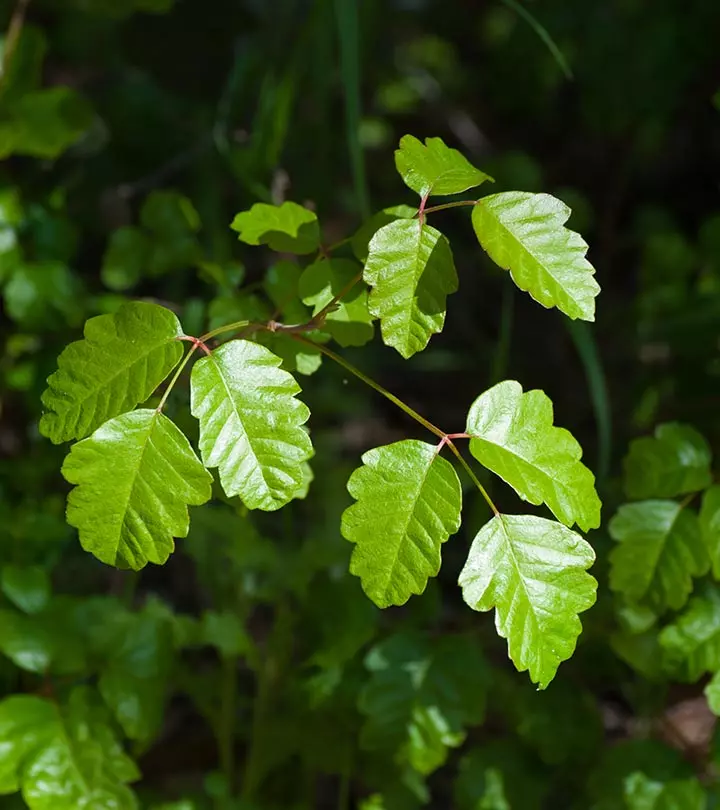





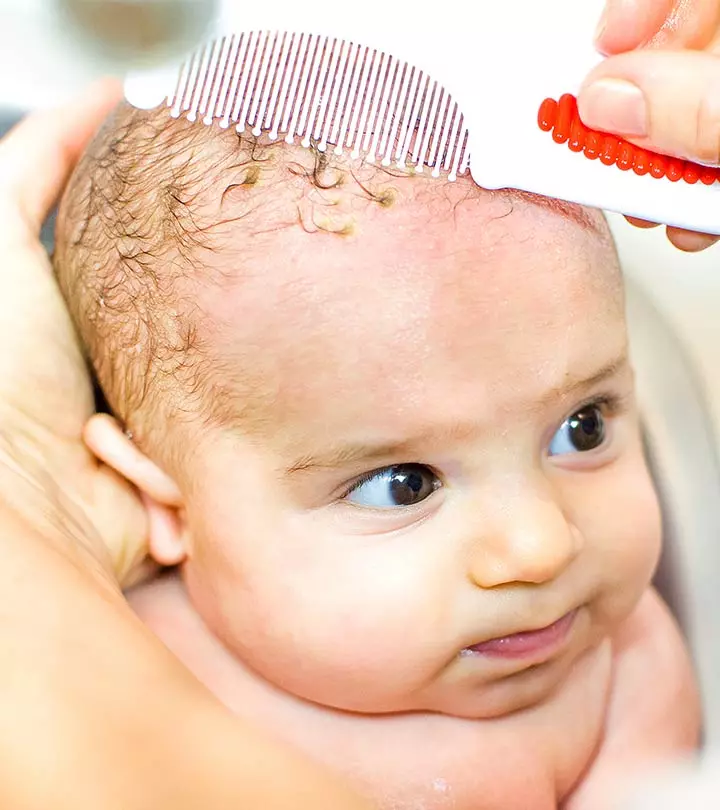
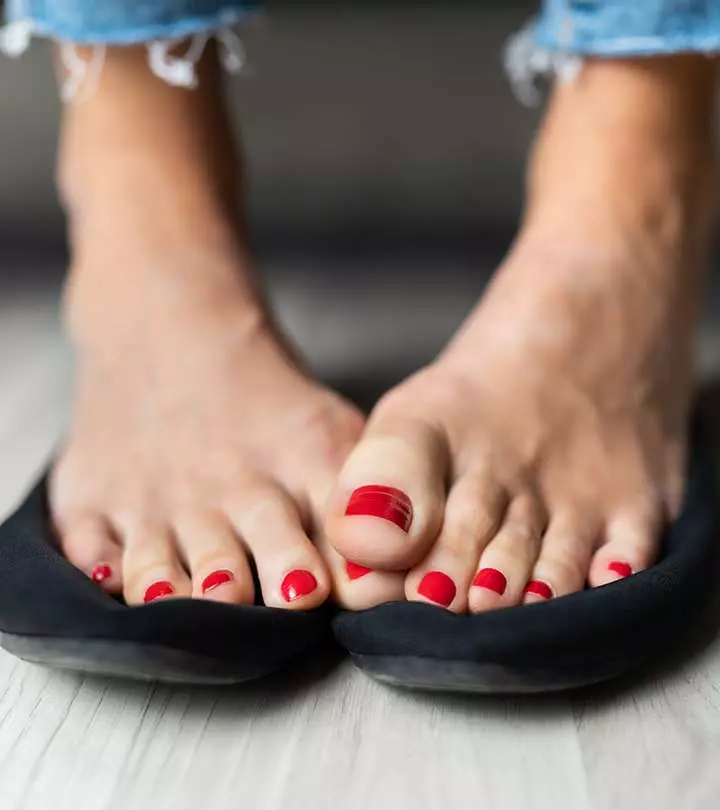

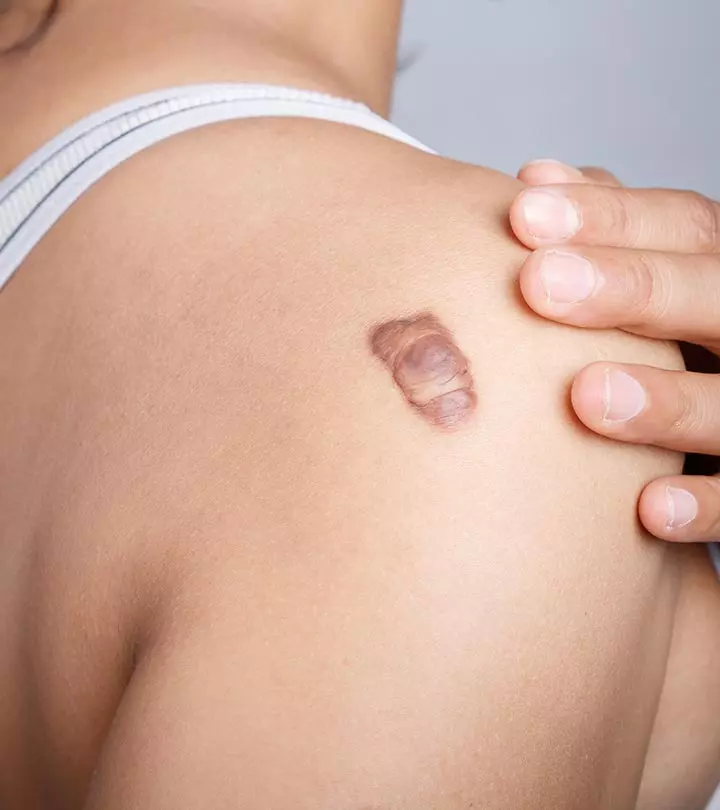
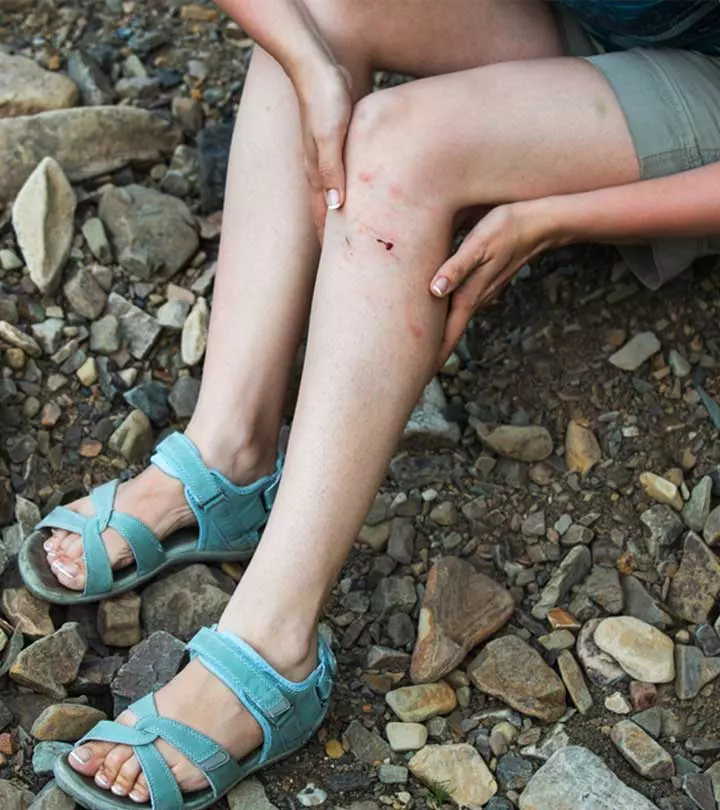



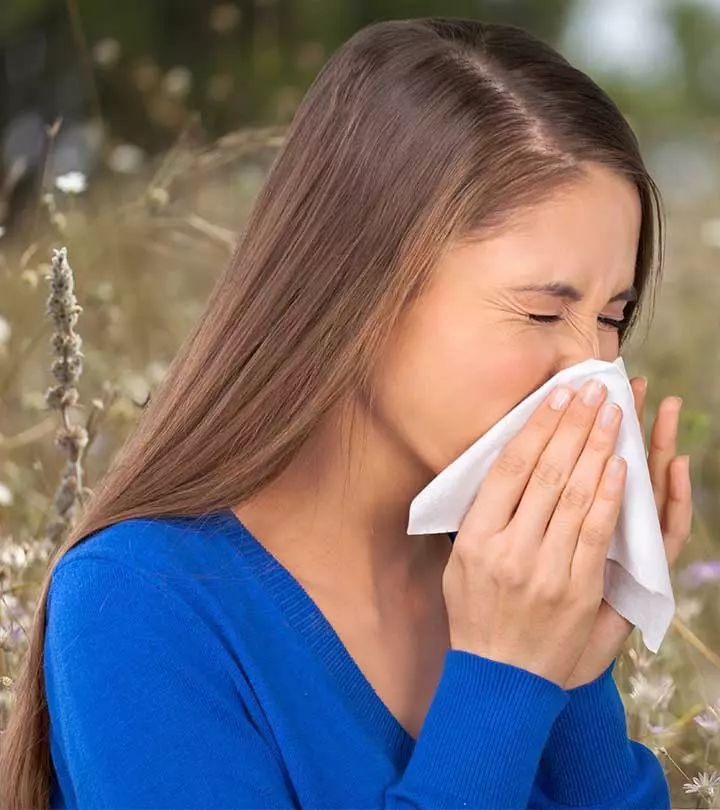

Community Experiences
Join the conversation and become a part of our empowering community! Share your stories, experiences, and insights to connect with other beauty, lifestyle, and health enthusiasts.